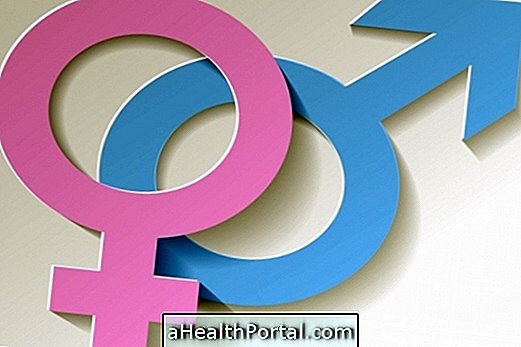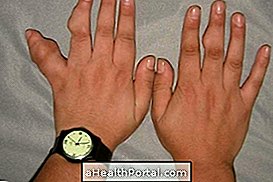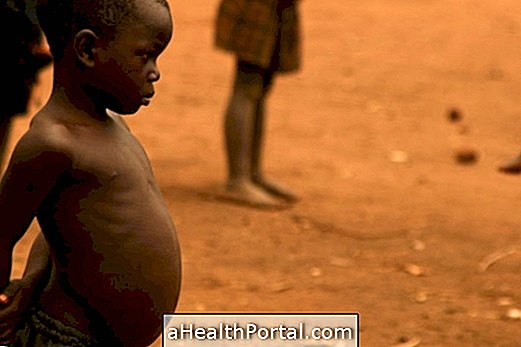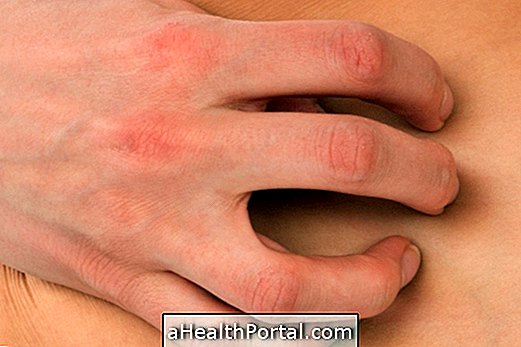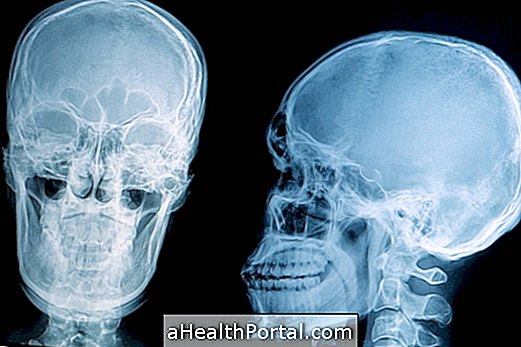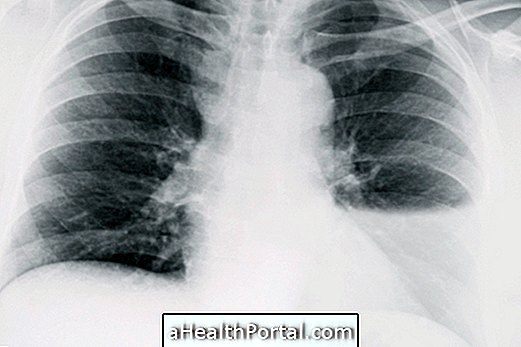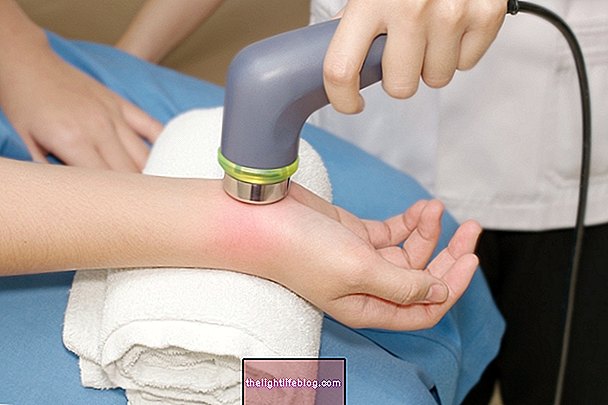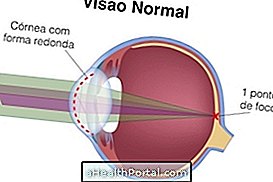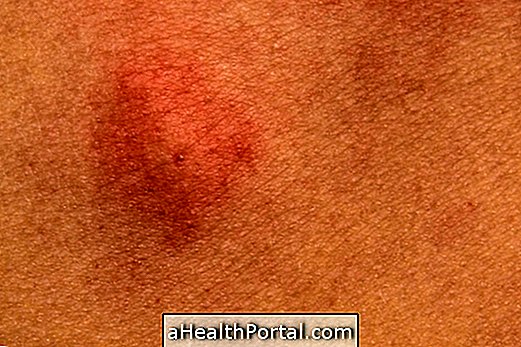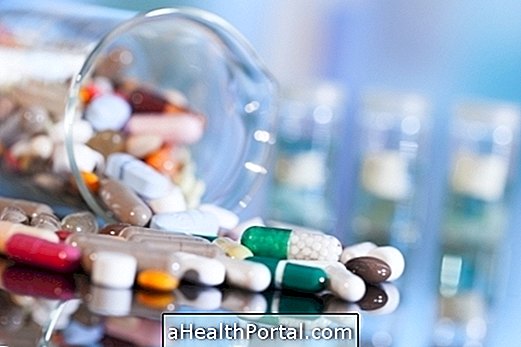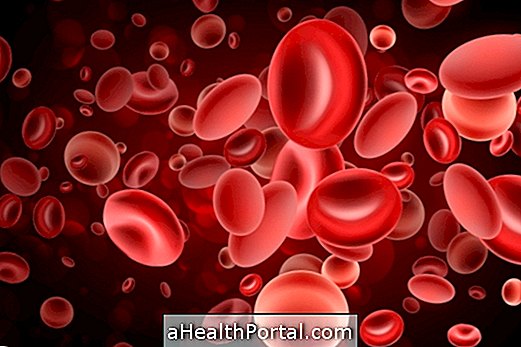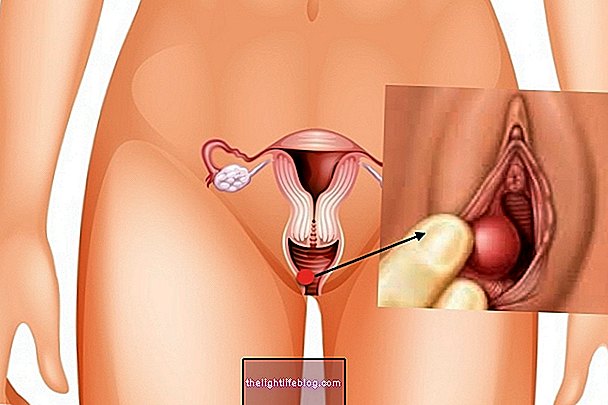Red man syndrome is a condition that can occur immediately or within a few days of the use of the antibiotic vancomycin due to a hypersensitivity reaction to this drug. This medication can be used to treat orthopedic diseases, endocarditis and common skin infections but should be used with caution to avoid this possible reaction.
The main symptom of this syndrome, which is also known as red neck syndrome, is the intense redness in the whole body and itching that must be diagnosed and treated by the doctor, and it may be necessary to stay in the ICU of the hospital.
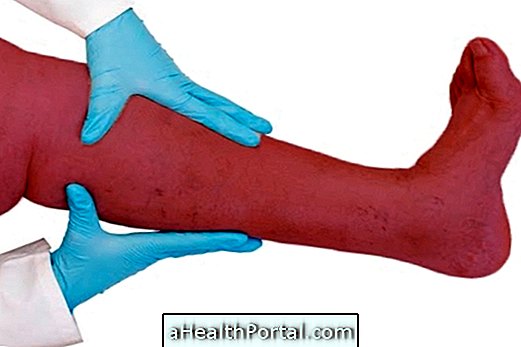
Signals and symptons
The signs and symptoms that characterize this syndrome are:
- Intense redness in the legs, arms, belly, neck and face;
- Itching in the reddish regions;
- Swelling around the eyes;
- Muscle spasms;
- There may be difficulty breathing, chest pain, and low blood pressure.
In the most severe cases there may be a lack of oxygen in the brain, purplish lips and hands, fainting, involuntary loss of urine and faeces and shock that characterize anaphylaxis.

The main cause of this disease is the rapid application of the antibiotic vancomycin directly into the vein, however, it may also arise when the drug is used correctly, with at least 1 hour of infusion, and may occur on the same day or even days after their use.
So if the person used this medication but has already been discharged from the hospital and presenting these symptoms should go to the emergency room to start treatment immediately.
Treatment
Treatment should be guided by the physician and can be done by cessation of the use of the medication and by taking anti-allergic medicines such as Diphenhydramine or Ranitidine as an injection. It is usually necessary to use medications to raise blood pressure and regularize heartbeats like Adrenaline.
If breathing is difficult, an oxygen mask may need to be worn and depending on severity, the person may need to be attached to the breathing apparatus. To regulate breathing, corticosteroid medications such as hydrocortisone or prednisone may be used.
Signs of improvement
Signs of improvement appear soon after beginning treatment with the necessary medications and the individual may be discharged after symptoms are checked and blood, pressure and cardiac function tests are normalized.
Signs of worsening and complications
Signs of worsening occur when treatment is not performed and can have serious complications that endanger the life of the individual by leading to cardiac and respiratory arrest.

